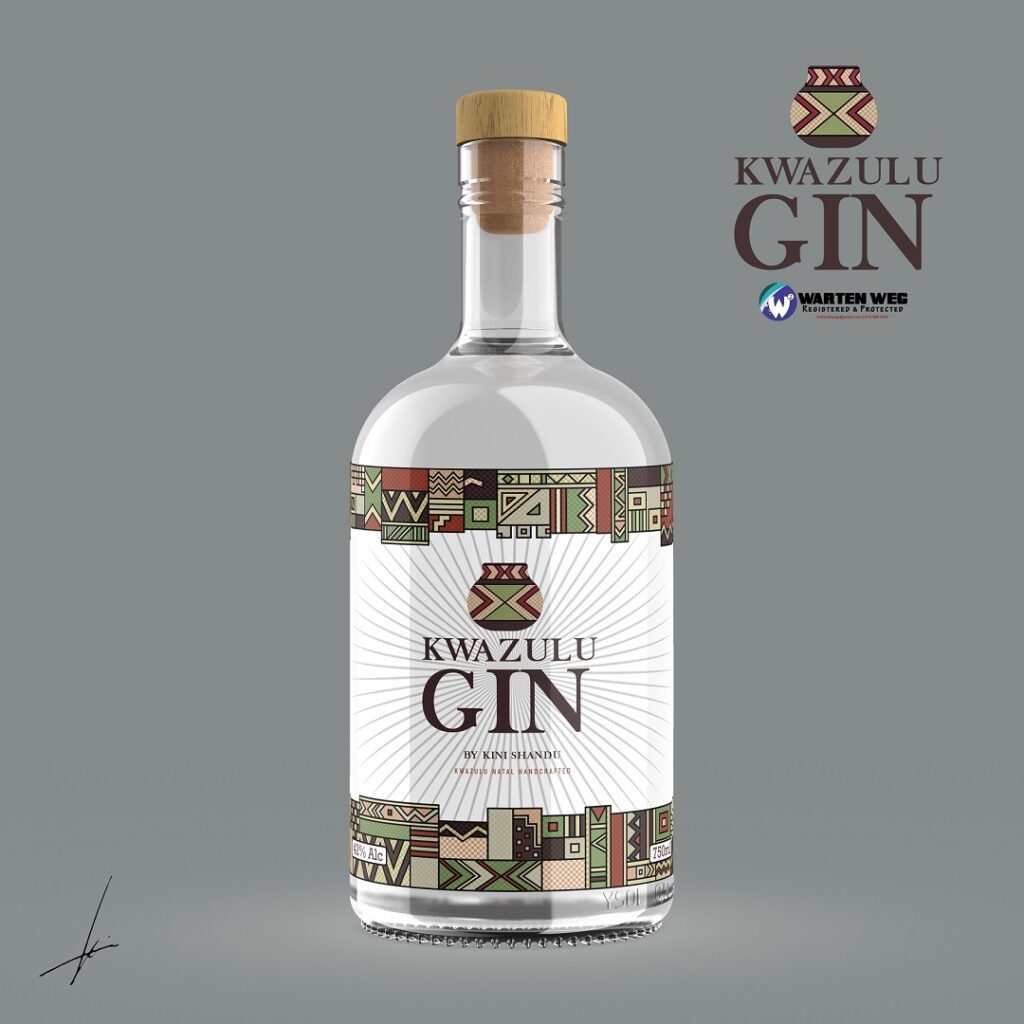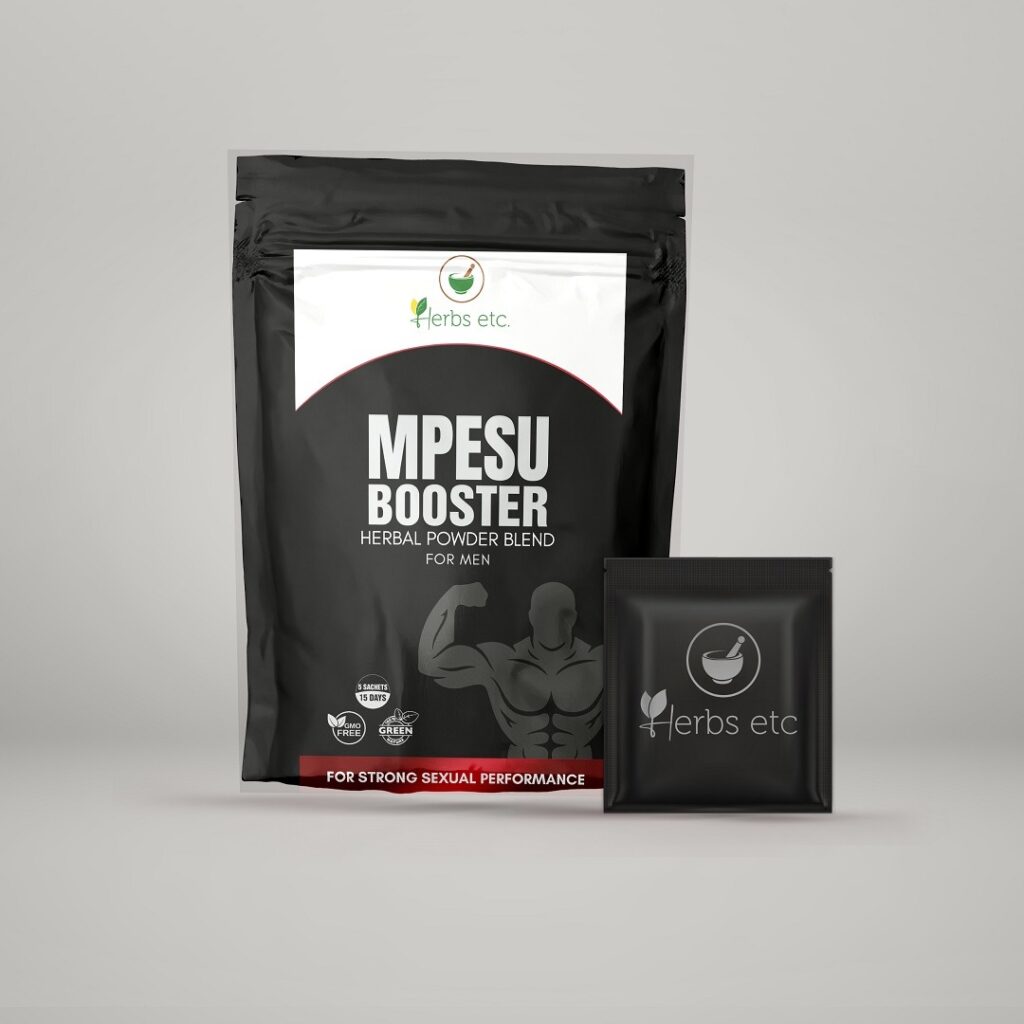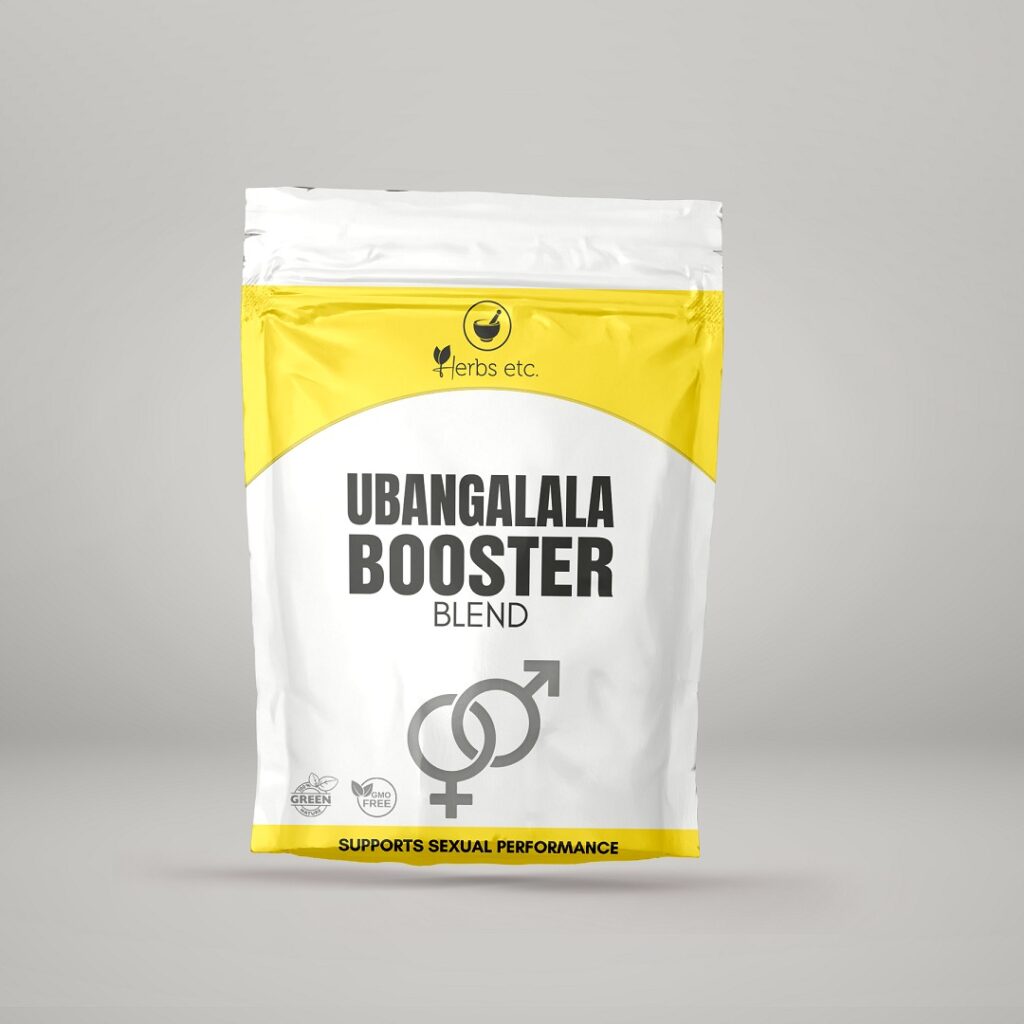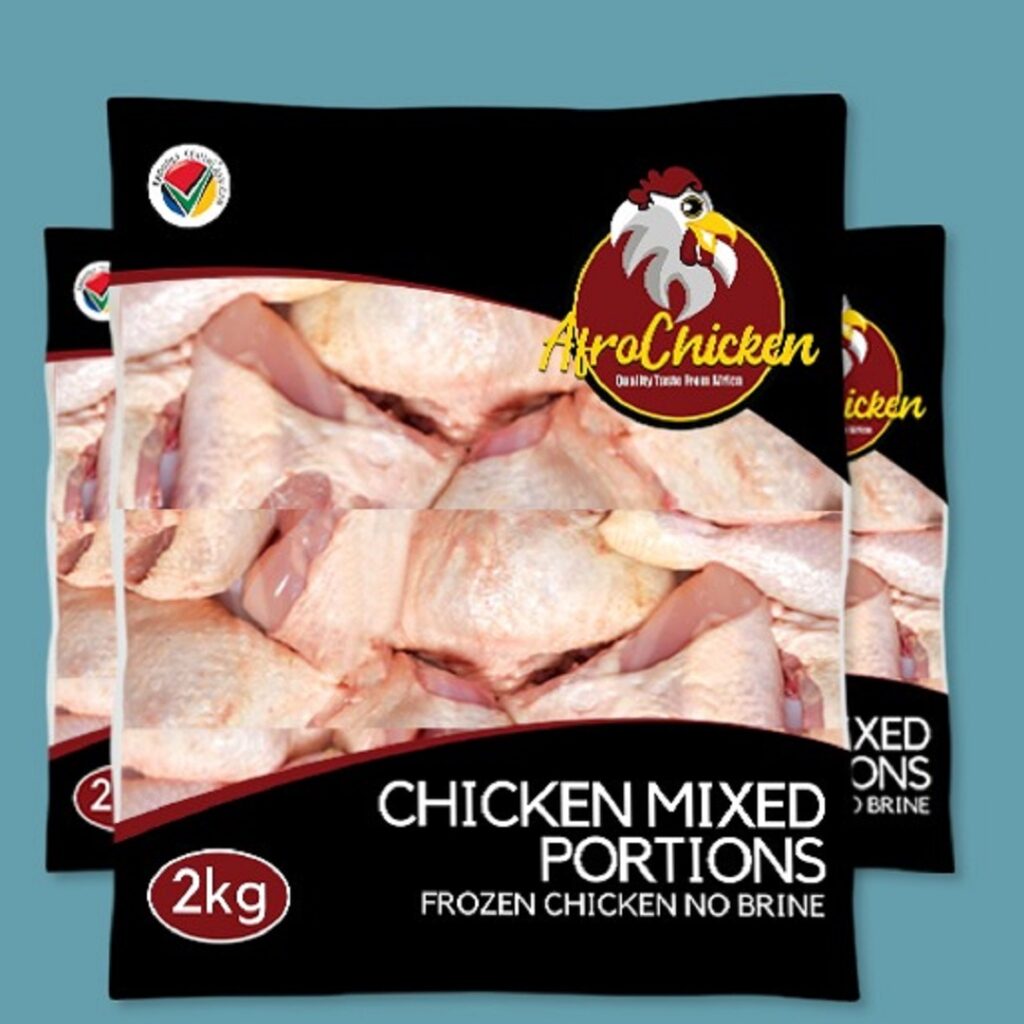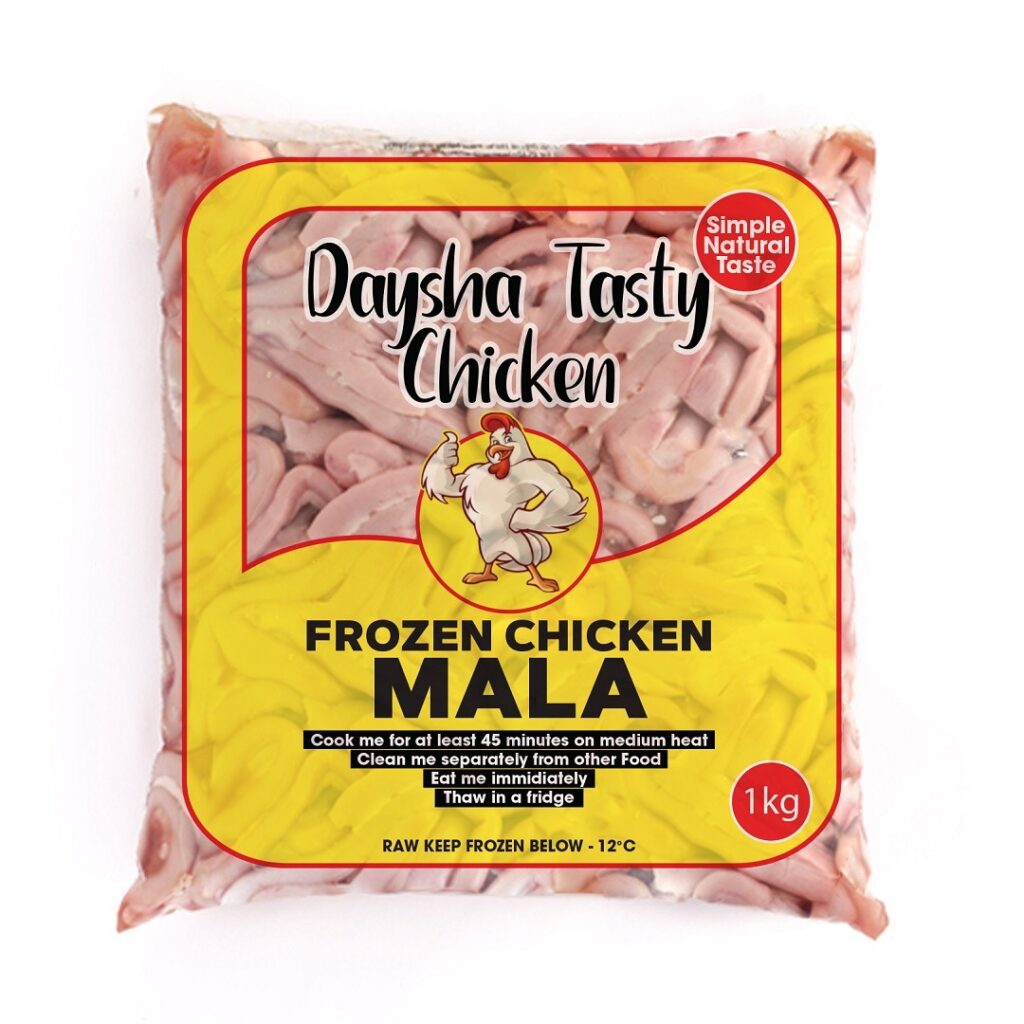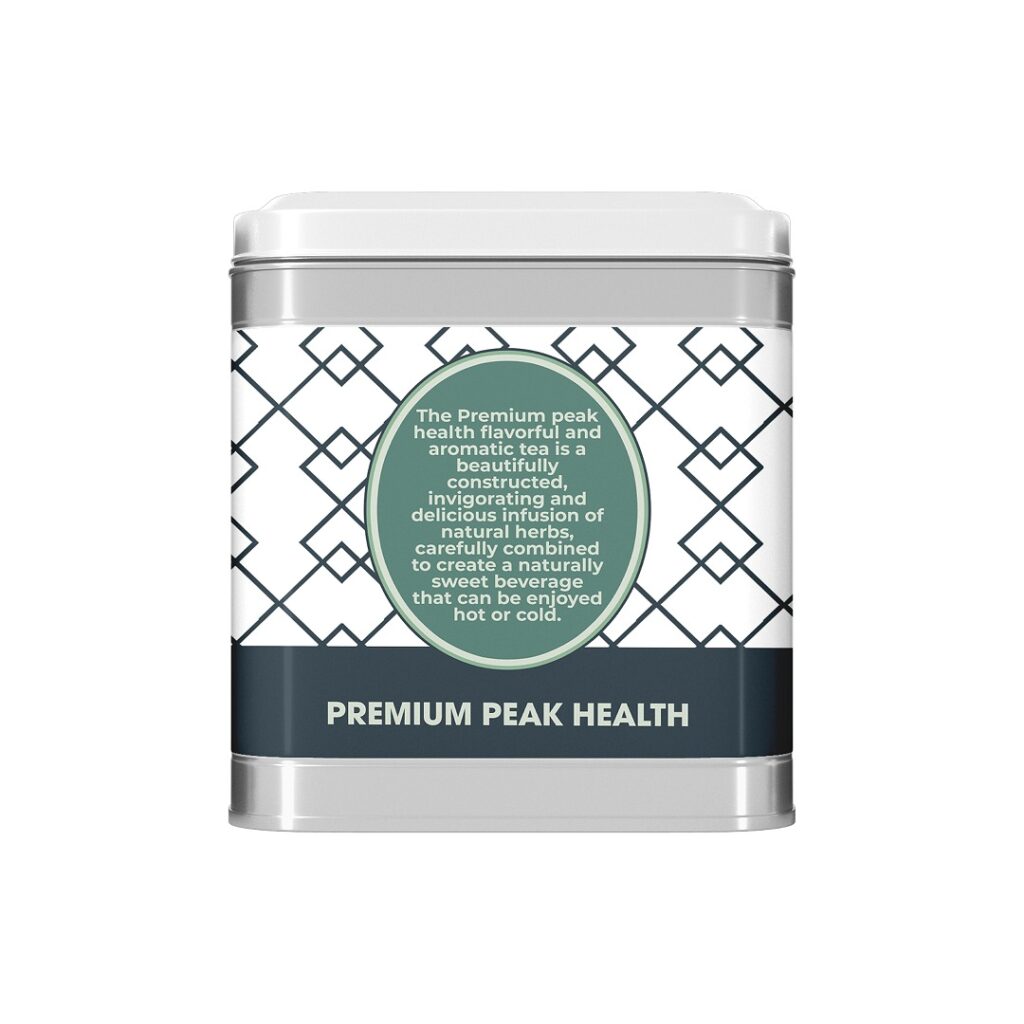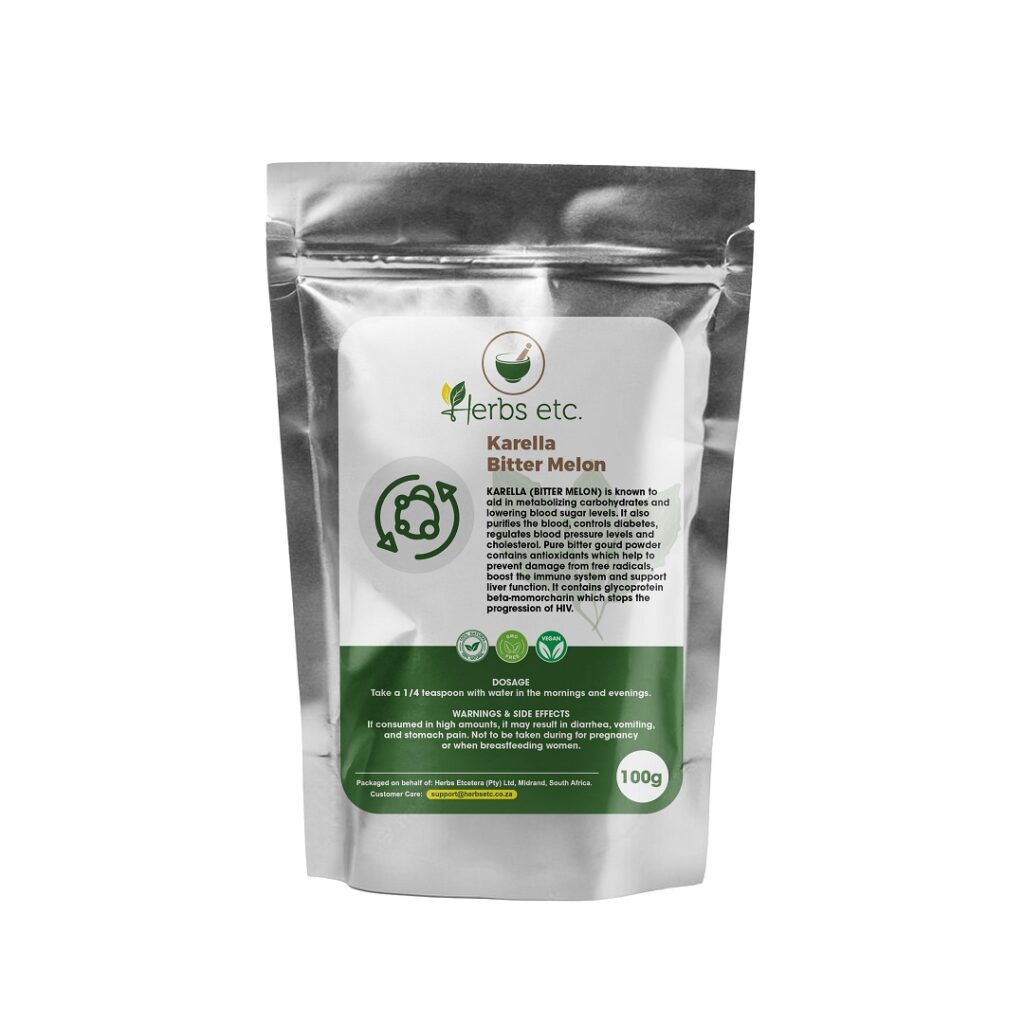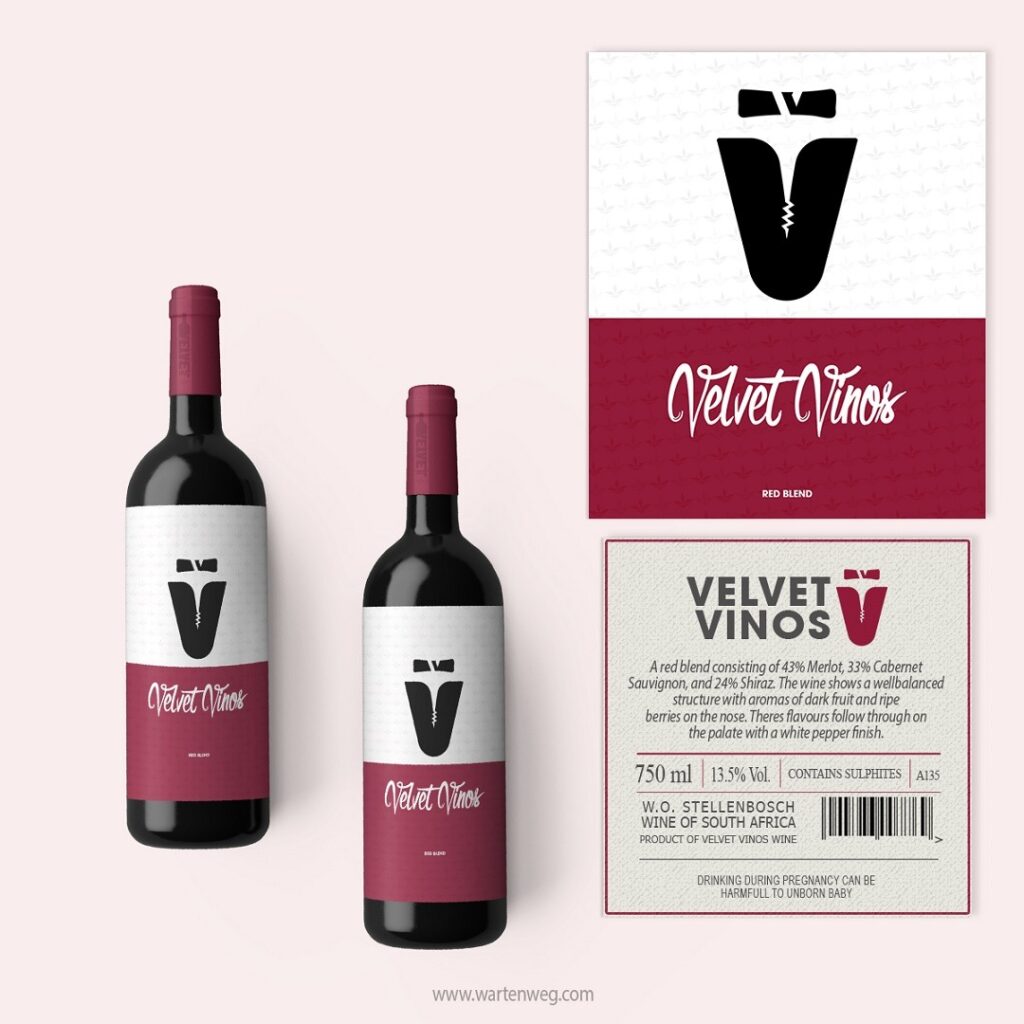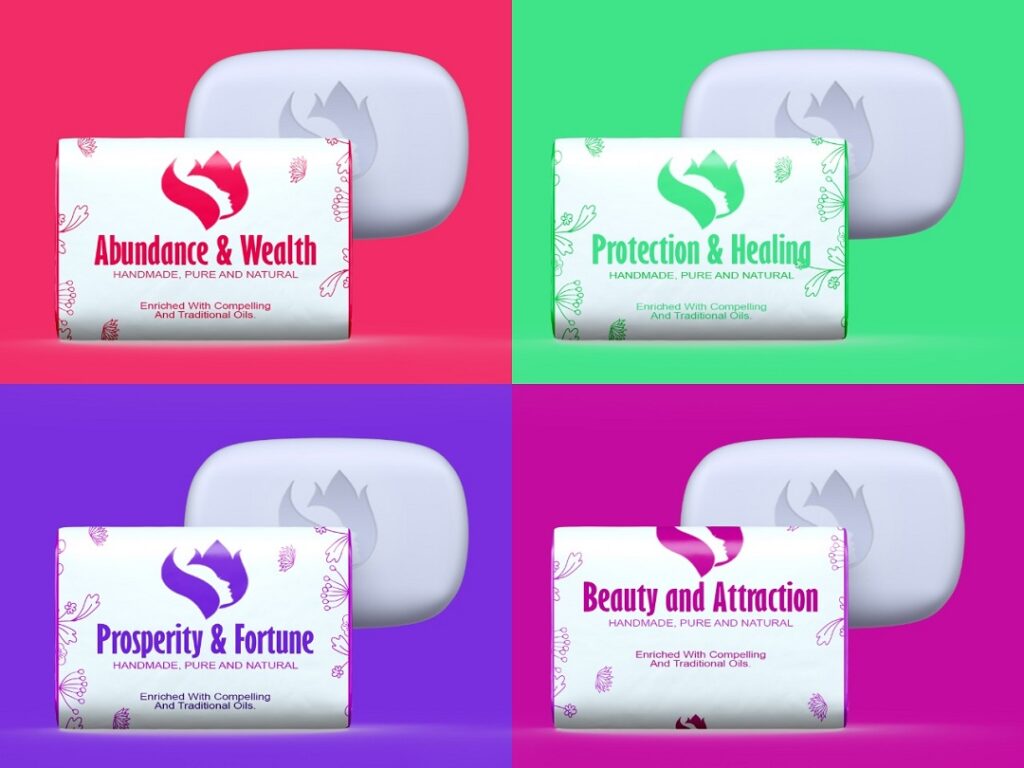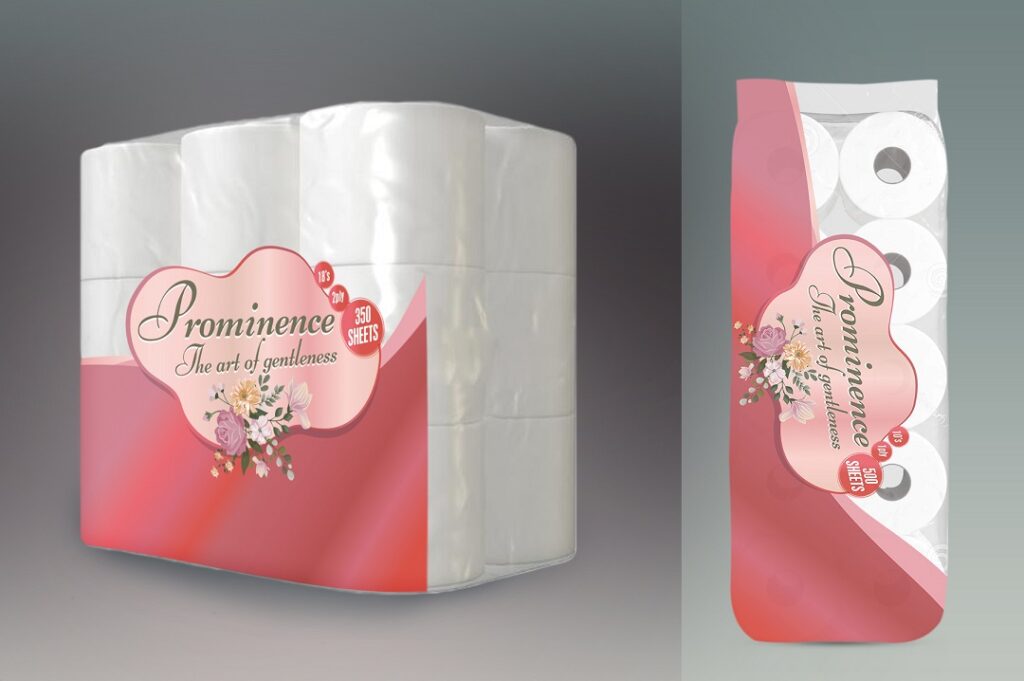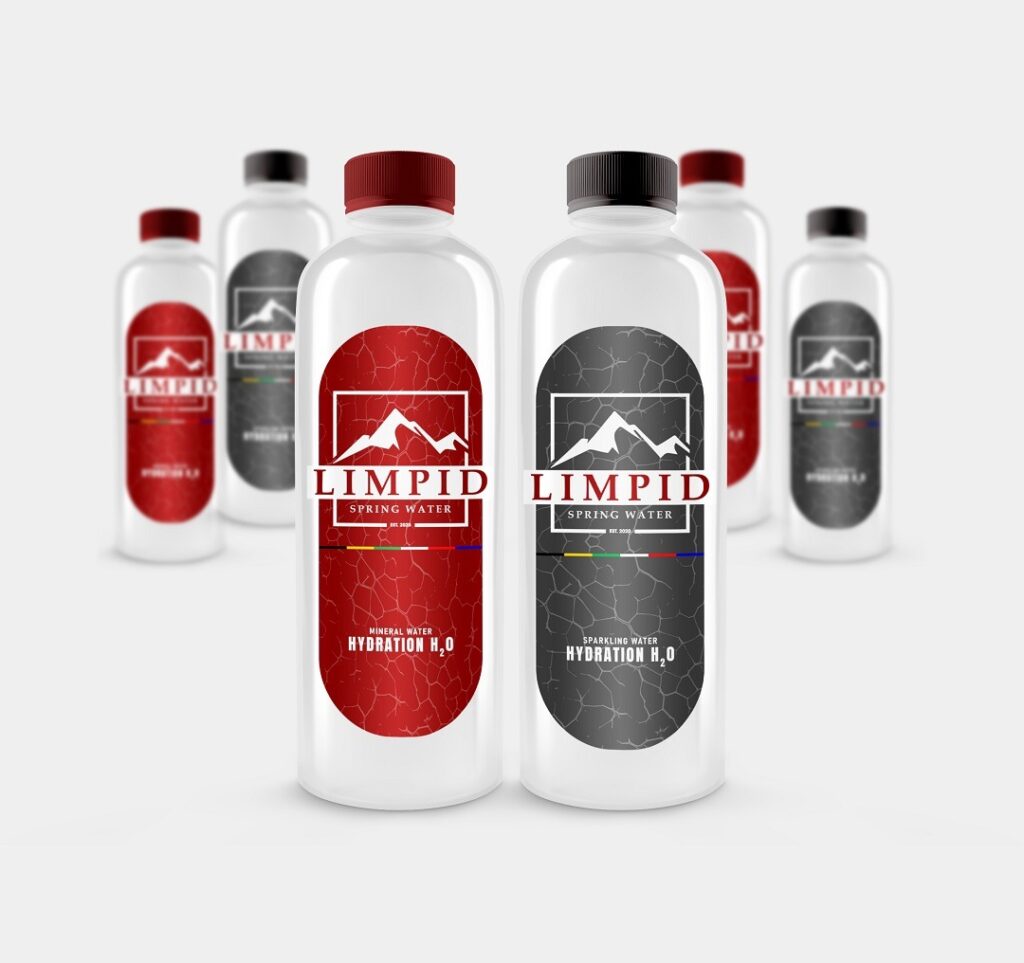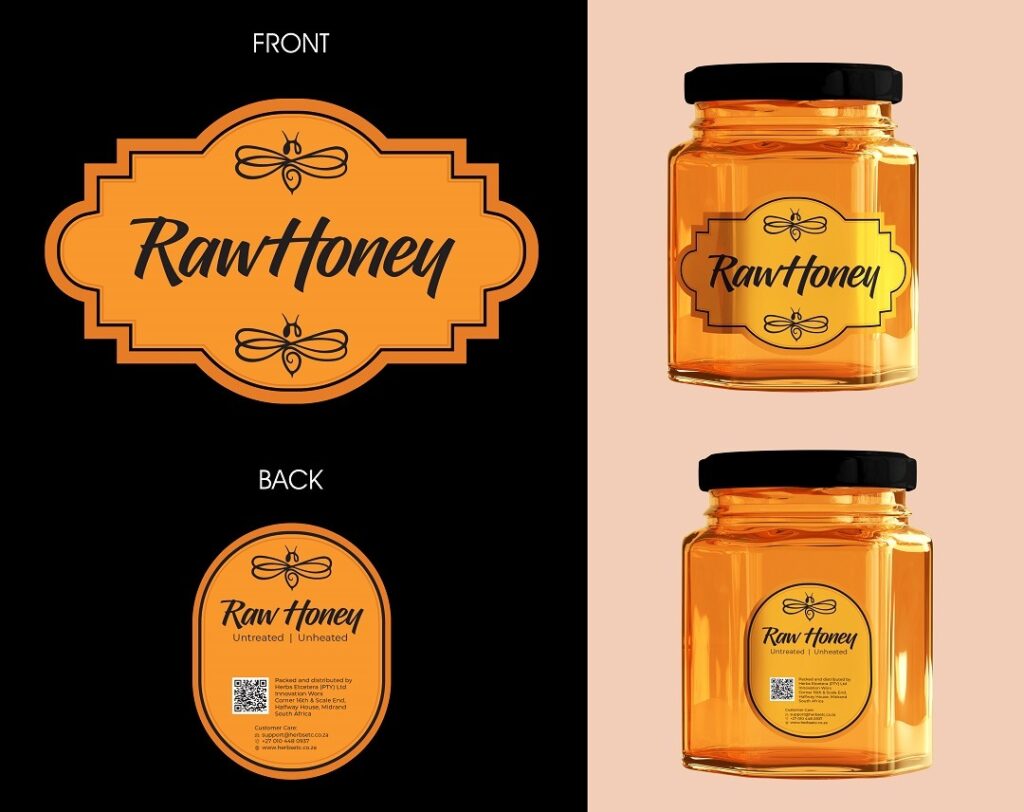Warten Weg
0 %
-
Residence:
South Africa -
City:
Durban -
Age:
+30
Hello! E'm Warten Weg. I work as a Graphic Designer in Durban, South Africa. I have extensive experience in graphic layout and building and am also skilled in design. I enjoy discussing our uniqueness with you.
IsiXhosa
IziZulu
English
Graphic Design
Branding
Web Design
Tutor
WordPress
- WooCommerce
- SEO Expert
- Marketing & Publishing
- Video Tutorial


